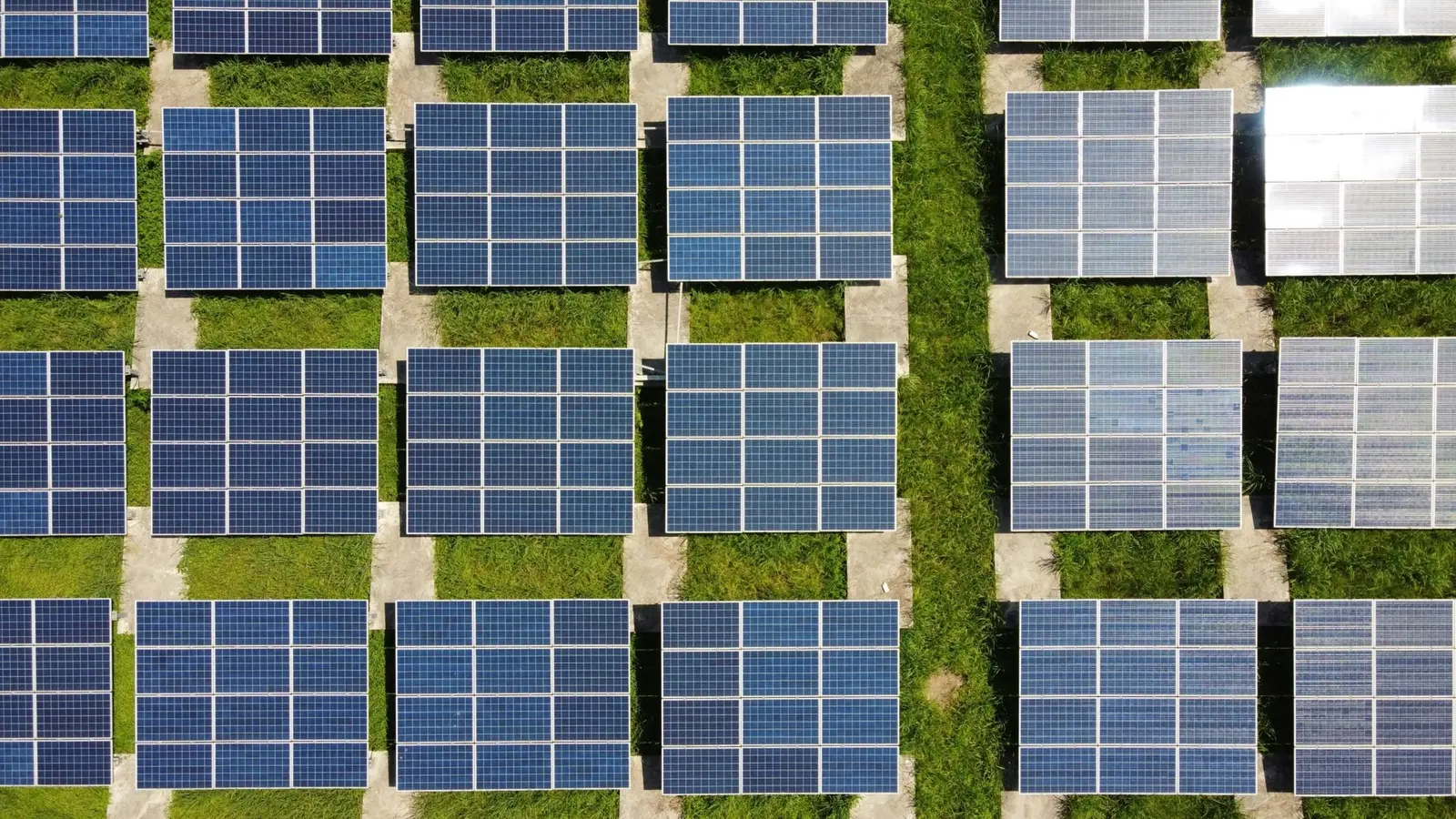“Sustainability in business is a multi-faceted challenge that requires a multi-faceted solution. By utilising design thinking, Spork ensures the solutions they deliver create the positive paradigm shifts that truly sustainable businesses require.”
Yuxuan Chua, UX Research @ Spork
Spork’s Scoop On… Sustainable Design Practices for the UK’s Green Future
The shift towards a greener, more sustainable future is now a central business priority and C-suites are looking for ways to meet environmental goals while still prioritising business growth.
 Spork Digital
Spork Digital- 7 min

We all know that technology plays a central role in our lives, driving innovation, enhancing daily activities, and shaping the way we interact with the world. It’s also a critical tool in finding ways to not only mitigate climate change but adapt to the reality of climate change as well.
At the same time, it is essential to understand and acknowledge that despite technology offering numerous benefits, it also has significant environmental impacts in and of itself.
That is where the importance of sustainable design practices comes into play.
Collaboration and Compliance
Sustainable technology practices are not something that happens in silos. It requires collaboration between designers, developers, businesses, and policymakers. It is the only way to achieve standards and guidelines that promote eco-friendly design and are supported across industries.
And it is important to point out that compliance with environmental regulations, such as the UK’s Climate Change Act, isn’t about stifling creativity or out-of-the-box thinking. It’s about transparency and reporting, of course, but it can drive innovation as well.
Companies that engage and embrace these efforts will gain a competitive advantage as consumers become ever more eco-conscious. In fact, 3 in 4 consumers expect companies to take proactive steps to reduce their environmental footprint and to provide transparency about their progress so that they — the end users — can make informed sustainable choices. And what business doesn’t want to be seen as making a net-positive contribution to the UK’s green future?
The Role of Spork
At Spork, we are committed to making smart, sustainable technology decisions the norm when designing software products that give companies not just a competitive edge but a sustainable competitive edge.
But we do not see it as something to address only through the very specific lens of a single, specific digital product. We’ve said before that sustainability needs to be taken into consideration up and down the whole technology stack — the processing power required of the server, how much data is moving, how far and what it will take to download.
As technology continues to evolve, so too should our approach to sustainability. It’s not just about reducing the negative impact of our current activities but about designing a future where technology and the environment can coexist harmoniously.